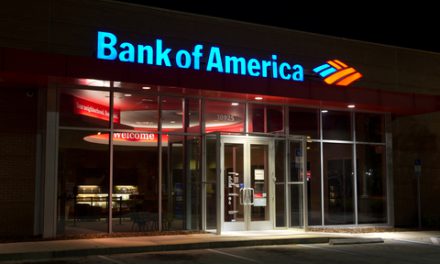Statewide, 41,837 homes were sold in December, up 16.7% from November, and up 10.6% from one year ago. 22,328 of these homes were sold in Southern California (So Cal), up 16.4% from November, and up 12.1% from one year ago.
The statewide median price paid for the phantom median-priced home was $264,000, up 1.1% from November and up 6% from one year ago. The So Cal median price was $289,000, up 1.4% from its November price of $285,000, and up 4% from one year ago. These median dollar amounts and percentages represent no specific home, except by mere coincidence.
Of the homes sold statewide, 41% were foreclosed real estate owned (REO) properties, down from 55.2% one year ago when REO properties were in greater abundance. Foreclosed properties accounted for 39.6% of So Cal resale activity. Some mortgage principal payments, taxes and insurance will be less than rent for many tenants, as they were prior to the mid-1970s before a home changed from being a nest to an investment.
The typical mortgage payment a homebuyer committed himself to paying was $1,125 statewide and $1,231 in So Cal. The So Cal typical mortgage payment is down from the $1,239 paid in December of 2008.
Foreclosure activity has slowed in recent months though is still comparatively high by historical standards. [For more information on the past, present and future of foreclosures, see the December 2009 first tuesday Market Chart, “NODs and Trustee’s Deeds: Grim signs of real estate’s present condition.”
first tuesday take: Nearly a quarter of buyers in December 2009 paid all cash, evidence the speculator has maintained his position as a pillar of the real estate market. One reason: lender hunger for cash on a quick closing. We have heard from brokers involved in pricing auctions that in REO sales a cash offer wins every time, even though buyers contingent on obtaining purchase-assist loans are offering to pay a higher price. On its face, this practice is helping to drive down comparable prices toward rational levels—but we’re not at the bottom yet. By comparison, speculators have acquired the status of an elite bunch—in the eyes of the lender.
Nevertheless, as speculator cash flows become tied up in houses they cannot flip, most will become landlords and will stay so until well after the real estate market stabilizes. Even after bona fide purchasers come back to the scene following a year-end slow down of sales volume in 2010, if speculators are to resell their “steal-of-a-deal” properties as they intended to do on purchase, they will have to compete with the pink elephant in the room: a humongous shadow inventory of REOs to arrive on the market from the irremediable delinquencies that will take three or four years to clear out at the present rate of foreclosure. Of course, bankruptcy judge cramdown authority to keep homeowners in their SFRs would fast change that foreclosure rate. [For more information on speculators, see the January 2010 first tuesday article, Homebuyer beware: the real estate game lacks fair play.]
Re: “California December Home Sales,” and “Southland home sales, median price up over last year,” from DataQuick

















